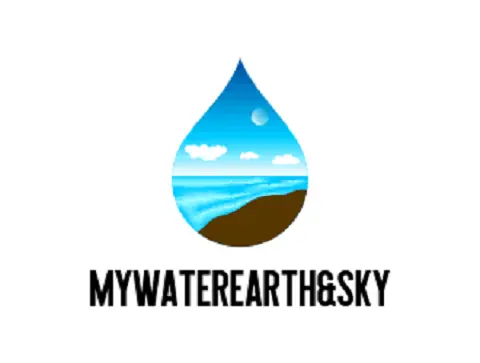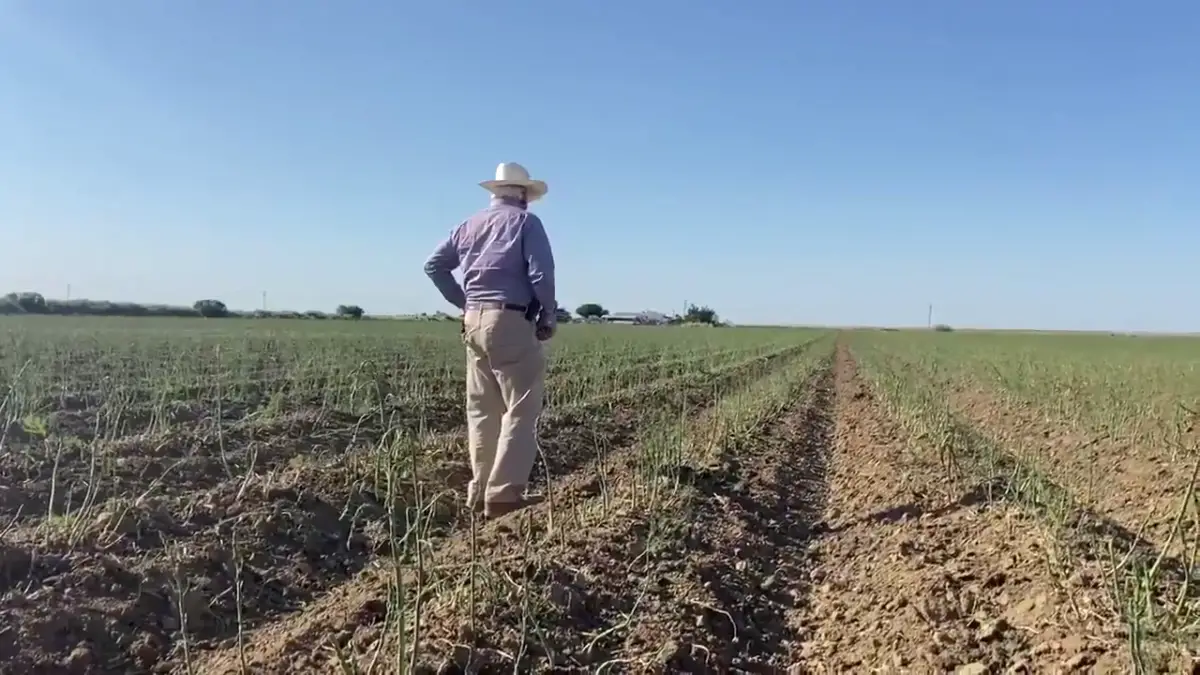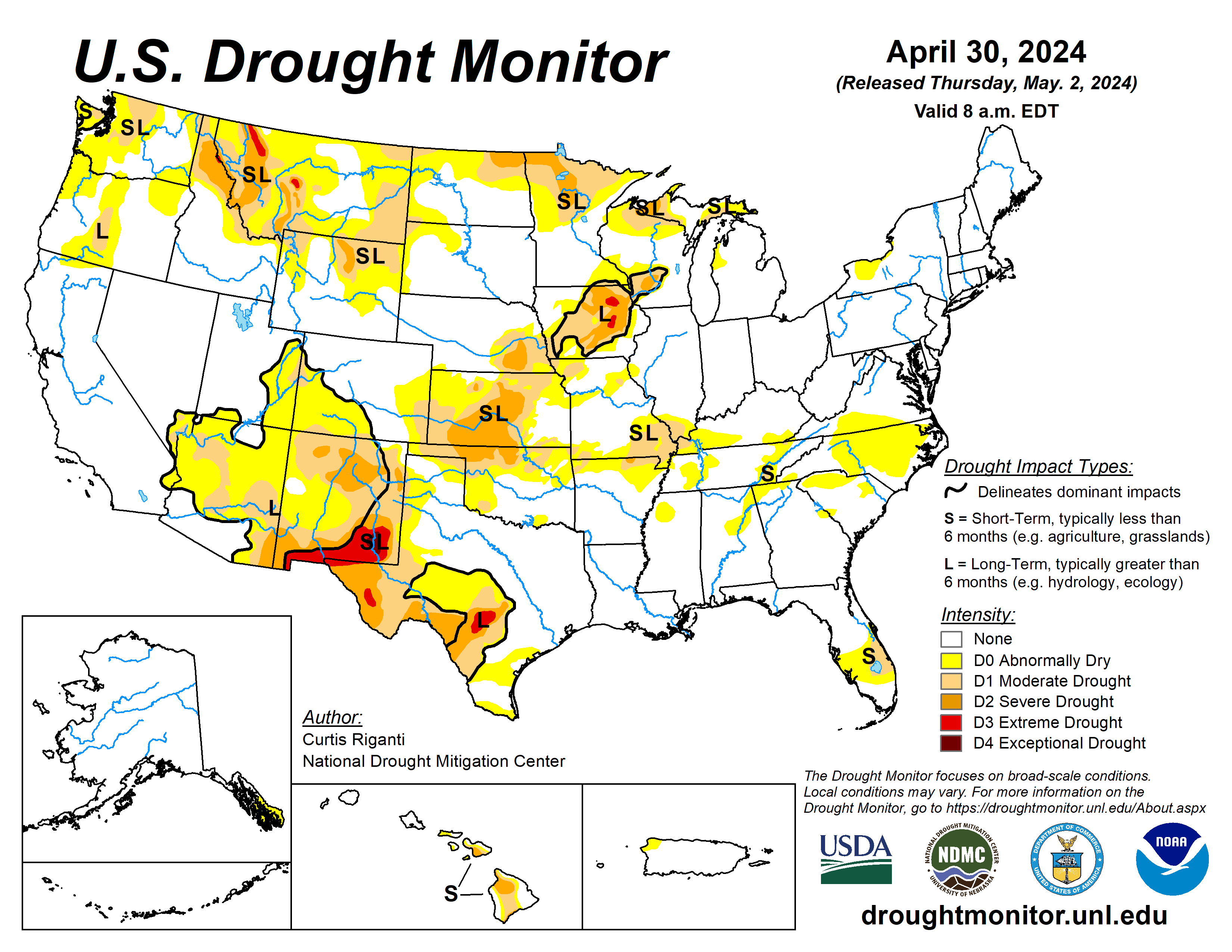As the rivers and streams run lower and lower and reservoirs and water supplies dwindle in what seems to be an endless drought with no relief in sight, California faces serious problems with farming agriculture, and irrigation systems along with drinking water supplies for the state. Will California run out of Water?
Yes, California will run out of water within 1 year, says, Jay Famiglietti, a NASA senior Water Scientist at the Jet Propulsion Laboratory. Data reveals that total H2O storage in Ca. has been declining since 2002 when satellite-based monitoring began, & groundwater depleting since the early 20th century.
In recent years California’s farmers have taken to drilling their own wells and pumping their own water from underground reservoirs to provide much-needed irrigation to dried-out land trying to survive the endless droughts that have hampered the state. Along with Residential and Buisennses, the water demand in California is growing while the water storage shrinks.
California Water Shortage 2021
 When it comes to the impact of drought, location is key in what part of the state you live in. Rain and snow vary greatly across California which is key leaving some towns, mostly in the north, accustomed to yearly refills of their rivers, reservoirs, and aquifers. Others farther south have fewer natural supplies of their own and parts of the Central Valley are always in drought situations.
When it comes to the impact of drought, location is key in what part of the state you live in. Rain and snow vary greatly across California which is key leaving some towns, mostly in the north, accustomed to yearly refills of their rivers, reservoirs, and aquifers. Others farther south have fewer natural supplies of their own and parts of the Central Valley are always in drought situations.
But drought resilience is manufactured, too. Decades of planning and extraordinary engineering and technology keep the water flowing to arid places throughout the state.
“There is, of course, no single Northern California or Southern California when it comes to water,” said Peter Gleick, founder of the Pacific Institute, a global water think tank. “Water is a very local phenomenon. And every region and every water district has a different mix of water supply options and water demands.
So in each part of California, there are different rules and regulations on water usage but the limitations are always there in the more arid southern regions that depend on outside sources for water being transported from other regions for the last 100 years to the city of Los Angelos The city’s water comes from three primary sources:
- The Owens River, Mono Lake Basins & Reservoirs in the Sierra Nevada Mountains provide 36%
- Northern California and the Colorado River provide 52%
- Groundwater-provides 30% of the use of groundwater is dependent on the location
These sources from the Sierra Mountains account for 1/3 of California’s water supply which is the state’s highest source of water. Rain that turns to snow in the winter at a higher elevation turns to runoff that feeds the groundwater and aqueducts. The Colorado River’s Aqueduct provides up to 1 billion gallons a day to the cities in Southern California. About half of that water supplies Los Angeles.
Groundwater supplies about 30% of California’s Water Supply some depending locations have access to groundwater while others depend on the surface or imported water. 10% goes to residential use while half goes to lakes and rivers Up to 40% goes to agriculture.
“The aggressiveness and the severity of this drought, the way the drought is increasing is much greater than the previous drought,” Aaron Baker, chief operating officer at Valley Water, said at the hearing. “Conditions will be far worse in 2022 if drought conditions continue and no action is taken.”
Conditions will be far worse in 2022 if drought conditions continue and no action is taken.” AARON BAKER, VALLEY WATER
Why Does California Have a Water Shortage
Climate, for one, is a major culprit. With California experiencing warmer fall and winter temperatures and less rain, snowpack levels are 5% less than what is considered normal. However, when rain does occur, with no significant way to collect that water and reuse it, about 80% of rainfall gets dumped into the ocean.
Droughts are ongoing and occur for longer periods. Southern California last experienced one in 1985 that lasted for six years, while others in the distant past have lasted much longer. The current drought situation is one of the driest and hottest seasons, it could end soon or it could last a long time.
Another reason that our sources are running low is due to water leaks and evaporation in the water transport system. When water moves from the Colorado River or the Sierras, through an aqueduct to Southern California, water can leak out of the aqueduct into the ground or is evaporated.
The wells that are being drilled for farmers are being pumped dry and now there is less and less water to be shared with the people in the communities around the farms that have overpumped these water supplies that have impacted the large central parts of California. New laws have been written to stop this continuing extraction of the underground aquifer.
New Water Management laws will be coming into effect shortly that change how farms are allowed to use the wells they drill down into the aquifer.
There are no doubt water problems will continue as the population grows, warmer temperatures and drought continue in the state along with the lowering levels of the Colorado-the Owens River, Mono Lake Basins & Reservoirs, Residential Sprinklers, and other landscaping that accounts for 70 percent of urban water use, with dwindling groundwater supplies and no end in sight. California’s water supply is in danger.
Causes of Water Shortage in California
Geography also affects precipitation patterns and rates. The Sierra Nevada mountain range catches clouds before they reach Nevada, and the snowpack provides significant runoff for downstream reservoirs on the Sierra Nevada’s west slope. The northwestern part of the state can receive more than 140 inches per year while the inland deserts bordering Mexico can receive less than 4 inches.
California has what is called Mediterranean Climate which means that the summers are characterized as warm and dry and are known for mild winters. The climate is unpredictable with flooding after long droughts with a few years of normal precipitation. This makes collecting a water supply successfully very hard to control. Holding extra surface waters during the flooding for future dry seasons can be undependable and a daunting endeavor for officials in water management
California Drought Status
More than 33 percent of California is in exceptional drought, the most severe of the Monitor’s four categories. … The US Drought Monitor report for July 6, 2021. Just three months ago, only 5 percent of the state was under exceptional drought. All of California is in some level of drought after a dry winter and spring. All of California is in some level of drought after a dry winter and spring. One year ago, 58 percent of California was in drought. In Central California, farmers were warned about potential water cutoffs. Most of that region is under extreme or exceptional drought.
As of Aug 2021, California has more than 500 reservoirs, which were 50% lower than they should be at the start of June, Jay Lund, co-director of the Center for Watershed Sciences at the University of California-Davis, told the Associated Press earlier this month. Dry conditions also increase wildfire danger. California has already seen a 26-percent increase in wildfire activity and a 58-percent increase in acreage burned compared to last year at this time.
About three-quarters of the American West is in what is called a megadrought, with critical waterways like the Colorado River and the Rio Grande that supply millions of people and farms expected to have dismally low flows this year.
A “Megadrought” that could last several decades and would be worse than any other such phenomenon in 1000 years is expected sometime between 2050 and 2099, according to their research.
“California is running out of water fast, according to NASA senior water scientist. Shockingly, the entire state of California will be out of water in just a year’s time. Yes, California will run out of water in 12 months, according to Jay Famiglietti, NASA senior water scientist at the NASA Jet Propulsion Laboratory.
NASA data show that water has been in decline since 2002 when satellite-based monitoring began, although groundwater depletion has been going on since the early 20th century. They say maybe 1-year storage is left.
What is California’s Snowpack Today?
State Water Officials say ” Snowpack levels are presently at a depth of 185 in. Recent storms have built up the Sierra snowpack levels across the state about 176% of normal compared to 149″ average depth for this time of year” with the deepest snowpack in Calif. at a depth of 259 ………………………………………………………………………… Read more
California Drought Map
The U.S. Drought Monitor is a map released every Thursday, showing parts of the U.S. that are in a drought. The map uses five classifications: abnormally dry (D0), showing areas that may be going into or are coming out of drought, and four levels of drought: moderate (D1), severe (D2), and extreme (D3), and exceptional (D4). Packed with tables and Current conditions and valuable information for the whole country.
The Drought Monitor has been a team effort since its inception in 1999, produced jointly by the National Drought Mitigation Center (NDMC) at the University of Nebraska-Lincoln, the National Oceanic and Atmospheric Administration (NOAA), and the U.S. Department of Agriculture (USDA). The NDMC hosts the website of the drought monitor and the associated data and provides the map and data to NOAA, USDA, and other agencies. It is freely available at droughtmonitor.unl.edu.
California Water Restrictions 2021
California Water supports Governor Newsom’s call for statewide conservation made in July 2021 for Residents and Agriculture. With this call, 50 counties are now under the governor’s emergency drought declaration, which includes the following 18 Cal Water service areas. Cal Water wants to ensure our customers are aware of the following prohibited uses of potable water:
- Applying water to outdoor landscapes that causes runoff onto adjacent property, non-irrigated areas, private and public walkways, roadways, parking lots, or structures
- Using a hose to wash motor vehicles unless the hose is fitted with a shutoff nozzle or device that causes it to cease dispensing water immediately when not in use
- Applying water to driveways and sidewalks
- Using water in a water feature, except where the water is part of a recirculating system
- Applying water to outdoor landscapes during and within 48 hours after measurable rainfall (0.25 inches)
- Irrigating outside of new construction without drip or micro-spray systems
- Irrigating landscape between the hours of 8 a.m. and 6 p.m.*
Newsom asks all Californians to voluntarily reduce water usage by 15% amid a drought. Gov. Gavin Newsom on Thursday expanded his regional drought state of emergency to apply to 50 California counties or roughly 42% of the state’s population.
According to the Los Angeles Times-Amid intensifying drought, state water regulators voted Tuesday to enact a drastic emergency order that will bar thousands of Californians — primarily farmers — from using stream and river water. The article went on to say that the water restrictions will affect many of the senior Water Rights Holders that occupy large areas across the state.
The order will largely affect rights holders using water for agricultural irrigation purposes, though some municipal, industrial and commercial entities will also be affected. The regulation carves out an exemption for health and human safety purposes, meaning that water for drinking, bathing, and domestic purposes won’t be subject to curtailment.
Where Does California Get Its Water?
California’s H2O supply comes from 2 main sources:
Surface-H2O that travels or gathers on the ground, like rivers, streams, & lakes
Groundwater-H2O that’s pumped from the ground
Watersheds North of Sacramento-75% from rain & snow
Drainage Basins in Central Valley-20%
Colorado River
Reuse
Desalinization .…………………………………………………………………………………………………………………… Read more
JimGalloway Author/Editor

References:
UCS- LOS ANGELES WATER ISSUE–Why It’s Not Just the Drought
NPR the Great Groundwater Grab
California Water Latest News


